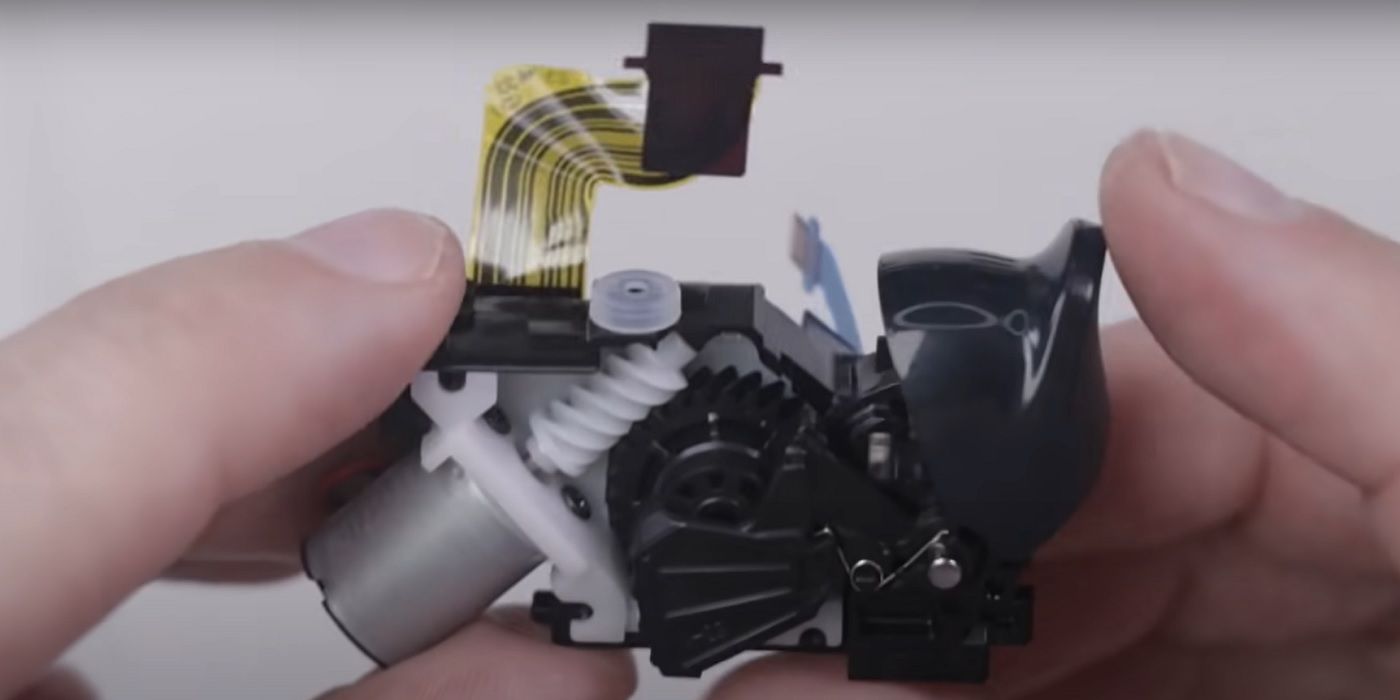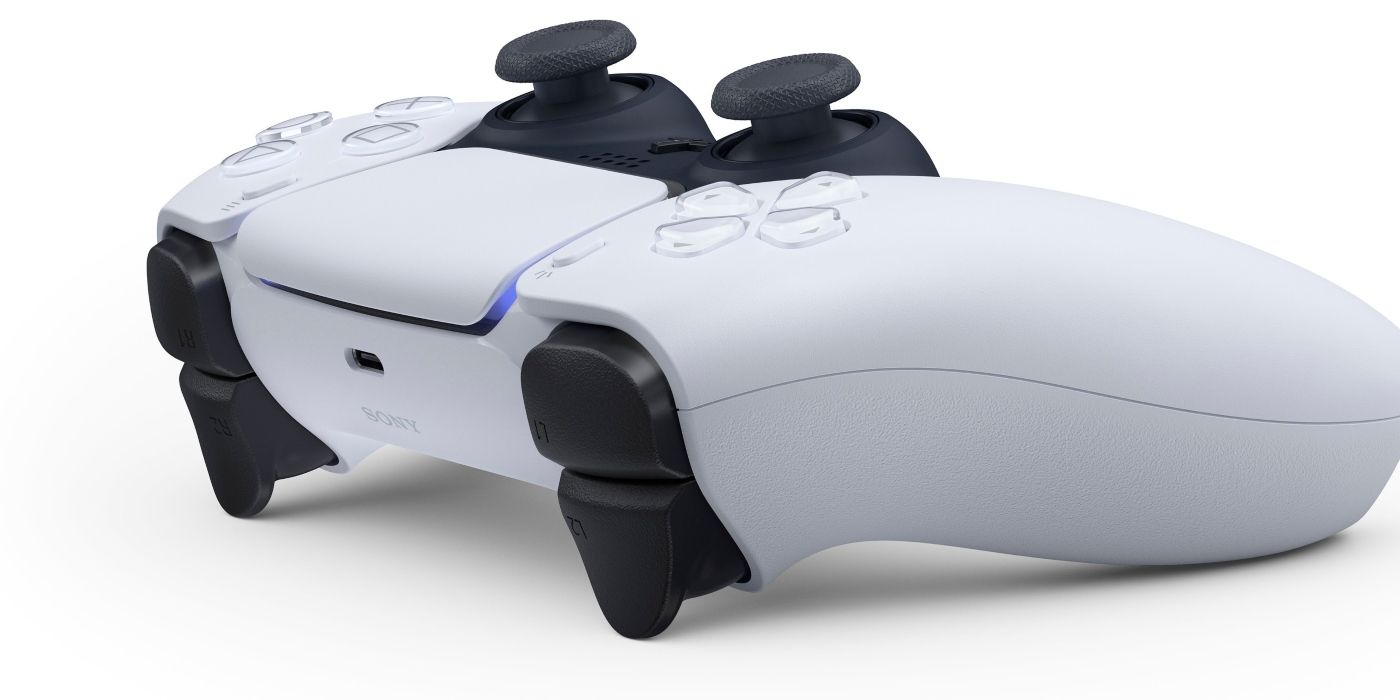The release of the new PlayStation 5 console comes with a brand new controller. The DualSense controller has new features that many players are excited to see, including the adaptive trigger technology that will measure the pressure used on a trigger button during gameplay. This new update is more complex than controllers of the past, and a mechanical breakdown of what the trigger mechanism looks like from the inside show how far the technology for game immersion has come with the new generation of consoles.
Triggers of the past were nothing more than a push button in most cases. However, the DualSense controller has replaced the DualShock's simple button with a complex measurement system. When the controller is opened up, the module for the trigger can be fully removed on either side, and reveals a detailed set of mechanics that give feedback to the new, powerful vibration motors. Because the module is fully removeable, the triggers are replacement friendly, which is handy for players wanting to do home repairs on worn out parts.
Inside the new trigger's mechanism, gears have been integrated that measure the resistance from pressure being put on the actual trigger button. The resistance gears have different notches that communicate with the controller's potentiometer, allowing the correct amount of vibration to be released by the new, powerful motors inside the controller. The gears are highly sensitive, and are able to accurately determine the force being exerted on the trigger for the optimal interactive experience. This vibration sensitivity is one of the many features of the PS5 has incorporated into its new console.
The PlayStation 5's DualSense Has Advanced Trigger Technology
As well as having the integrated pressure response, the triggers also have a vibration dampener that isolates and directed the vibrations, while protecting the sensitive measuring technology from damage. By doing this, parts are less likely to break down from constant vibration force, or become unseated due to the powerful vibrations the DualSense controller is capable of. This will especially help players who are prone to button mashing or who are adapting to a controller over a mouse, as the PS5 will not currently support mouse and keyboard play.
While there will be plenty of new features for the PS5, like the ability to create presets for subtitles and difficulty levels on individual games, the changes to the player immersion via the new DualSense controller could be a step towards what the future of gaming could look like. The upgrades and construction of the PlayStation 5's new controller break down how complex the technology for the new generation of consoles has become, and demonstrates the time and thought being put into each component to give players the optimal gaming experience.
The PlayStation 5 will be available on November 12 in select countries and globally on November 19.
Image & Video Source: TronicsFix/YouTube


